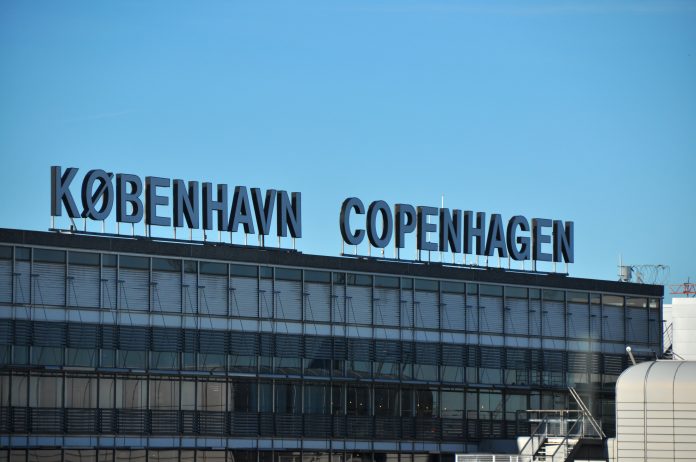Copenhagen Airport created BIM process standards for existing building projects, beating its savings target and opening the door for other organisations to benefit, Bentley’s Chintana Herrin takes a look
Copenhagen Airport wanted to implement Building Information Modelling (BIM) processes on its upcoming projects to prove that utilising BIM methodologies would be a beneficial investment. Most of the airport’s projects are the operation, maintenance and refurbishment of existing buildings, but the airport still wanted to see the benefits of BIM workflows.
The DKK 10m (£1.1m) initiative included producing information-rich 3D models of the facilities based on a combination of 2D drawings, surveys and field inspections. The project also called for creating BIM process standards, including specification of a level of detail (LOD) for new building projects.
Implementing a BIM process
The project team wanted to prove that using BIM processes throughout the project would benefit the building owner by saving costs. According to a 2012 report from the Danish Technical University, building owners who implemented a BIM process achieved a cost savings of approximately 12%. To prove that they could also achieve savings, team members set a goal to save at least 4% of the entire project’s budget, as their BIM processes would not be as mature as others in the study.
The main challenge for the Copenhagen Airport project team was that BIM processes in Denmark were not well established. To overcome this challenge, the organisation collaborated with different companies to hear other views on the best way to implement BIM methodologies. By speaking with these different organisations, the project team produced a standard for future BIM process creation that would help them and other Danish organisations prepare for and benefit from BIM adoption.
Setting standards
To create an effective model, Copenhagen Airport looked at existing LOD definitions to create their models, making sure to include the right amount of information to benefit both operators and consultants. Many of the existing definitions lacked the idea that much information can be obtained with data on less detailed objects. The project team decided to include graphical and non-graphical information in the definitions, with more non-graphical information than seen in other standards.
The team created a 3D model that included the important information from the 2D drawings, which they used as a baseline. Engineers also visited the sites and added any 2D information that was missed or incorrect. The team adopted their new BIM processes on this model, including the parameters on all surveyed objects. Additionally, all project participants were taught how to accurately use the model to gather information.
Saving time and improving collaboration
By using Bentley applications to help create a 3D model and an innovative BIM process, Copenhagen Airport’s project team saw significant time savings. The team quickly extracted heights with MicroStation’s ability to handle large point clouds, even when the surveyor was not present on the construction site. Users also joined IFC and DGN files, which helped execute the project faster because all the original 2D drawings were in DGN format. Furthermore, there was greater quality control over the information because the 2D data was included in the 3D models.
The team used ProjectWise to house all relevant information, including the 2D data, which helped users easily find information. Previously, team members would have spent unnecessary time searching through thousands of documents.
Bentley applications also helped improve collaboration with stakeholders, creating a web platform to exchange information and invite external people to participate in collision and consistency control. With weekly updates, everyone involved in the project knew what was happening and could easily access the necessary information. Bentley’s applications made it easy to manage contributions from all involved parties while still working to coordinate systems issues.
Realising benefits, preparing for future projects
By incorporating BIM processes for all projects at Copenhagen Airport, the project team used the model to extract quantities for the contractors, which reduced the risk, and thereby the bidding.
Together with detecting and correcting unhandled collisions before completion, the team could calculate the benefits. The organisation calculated the difference between using the BIM process and not, and realised a benefit of 4.46% cost savings – beating its target of 4%. This proved the effectiveness of a BIM process and provided a mandate to continue using the process for all projects.
The surrounding community will also see the benefits of Copenhagen Airport’s project, providing insight into how Denmark might use BIM processes for future endeavours – especially since Copenhagen Airport is one of the largest building sites in Denmark. Therefore, if the airport could realise major benefits, then other organisations would realise the benefits as well.
The airport set a goal in actively contributing to helping other large building owners mature their BIM processes and increase their level of implementation.
Chintana Herrin
Reality Modelling Product Marketing Manager
Bentley Systems
Tel: +44 207 861 0900
Twitter: BentleySystems
LinkedIn: bentley-systems
Facebook: BentleySystems
YouTube: BentleySystems
Instagram: bentleysystems

















